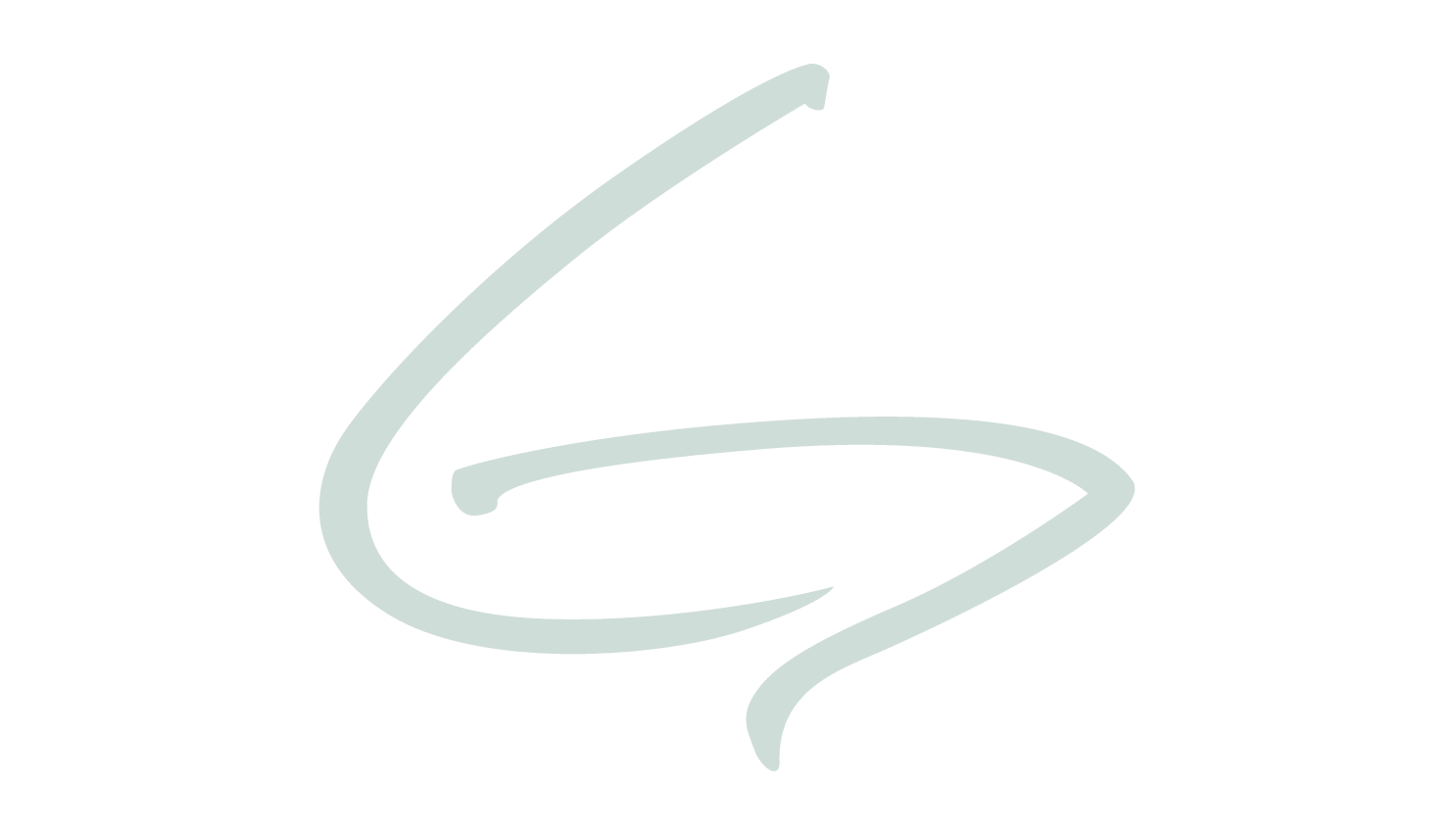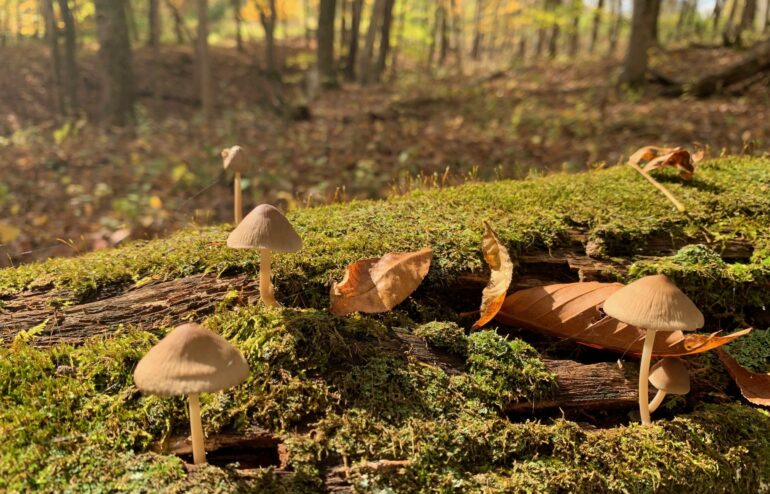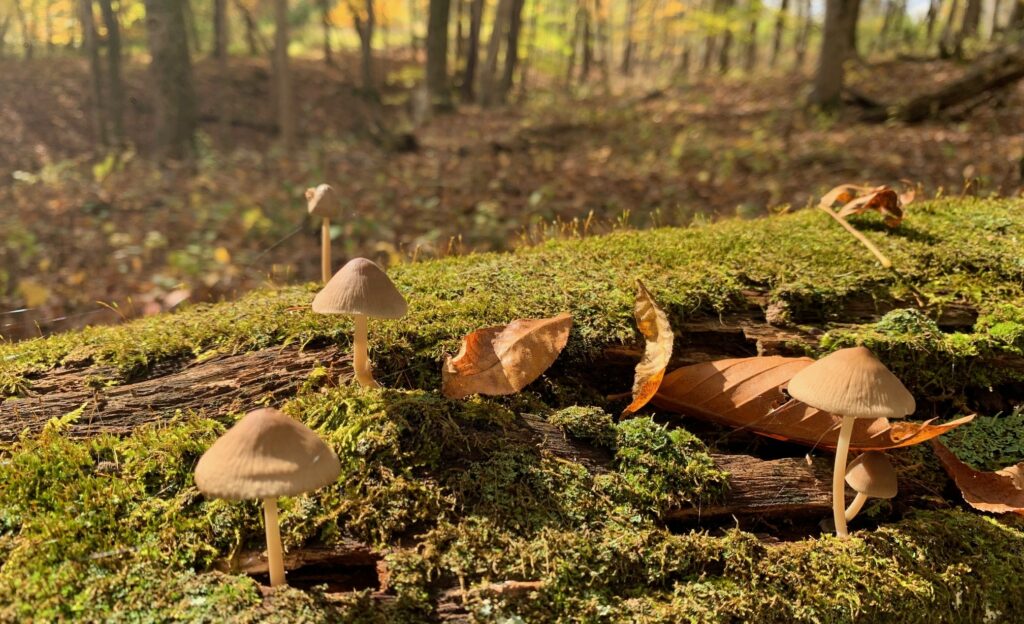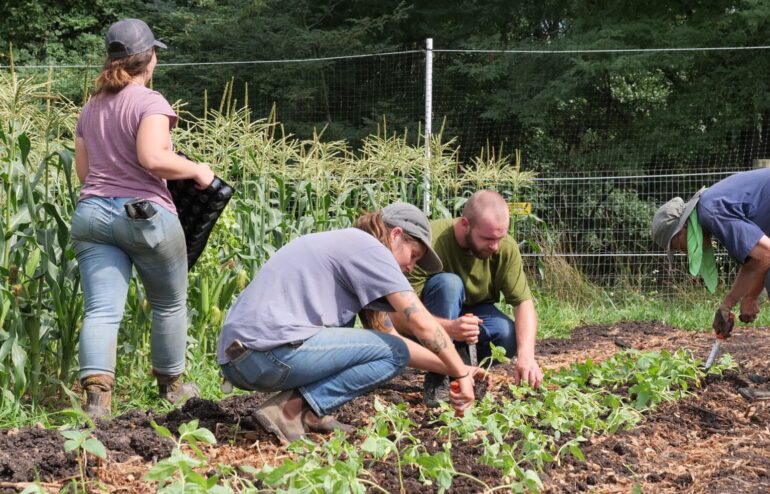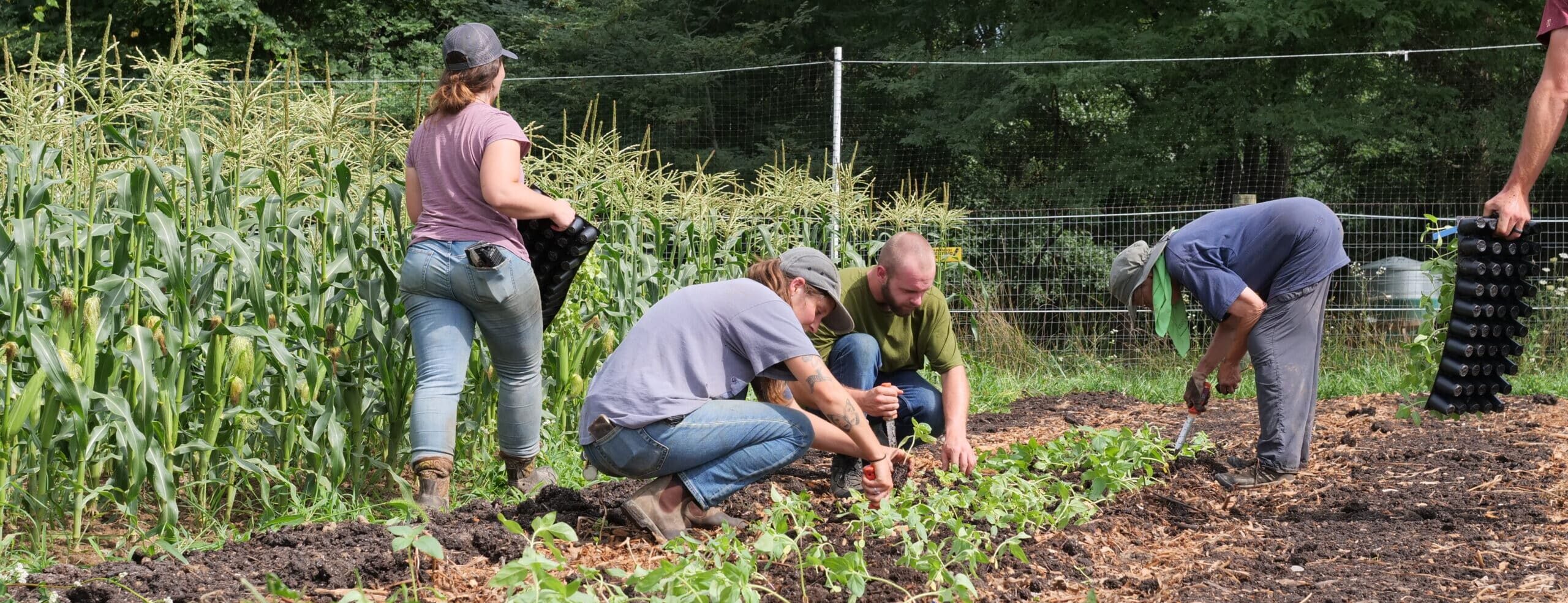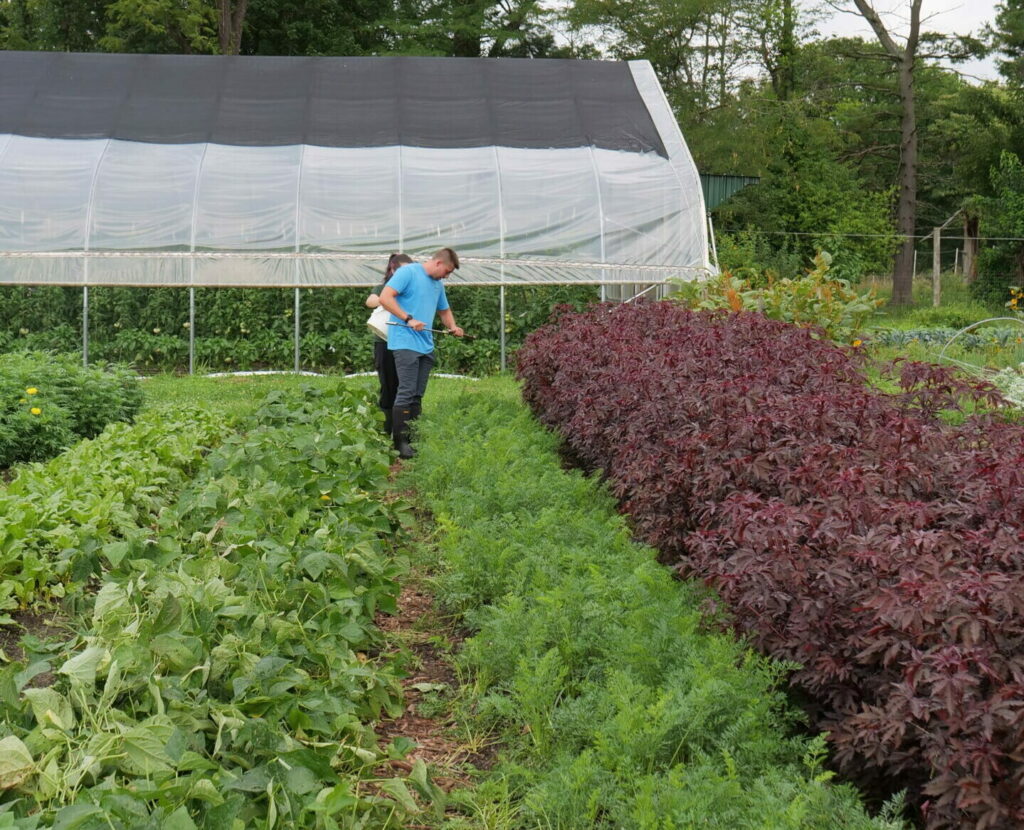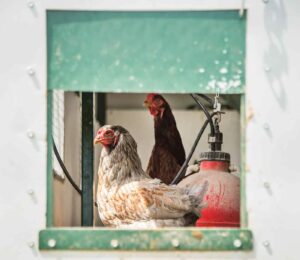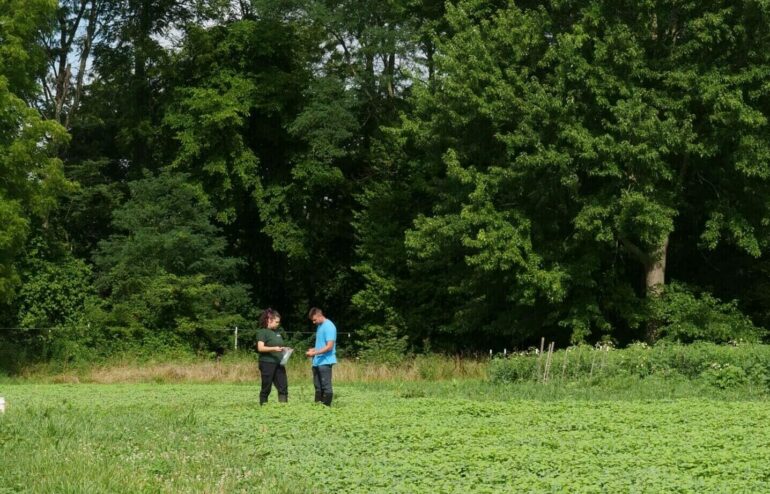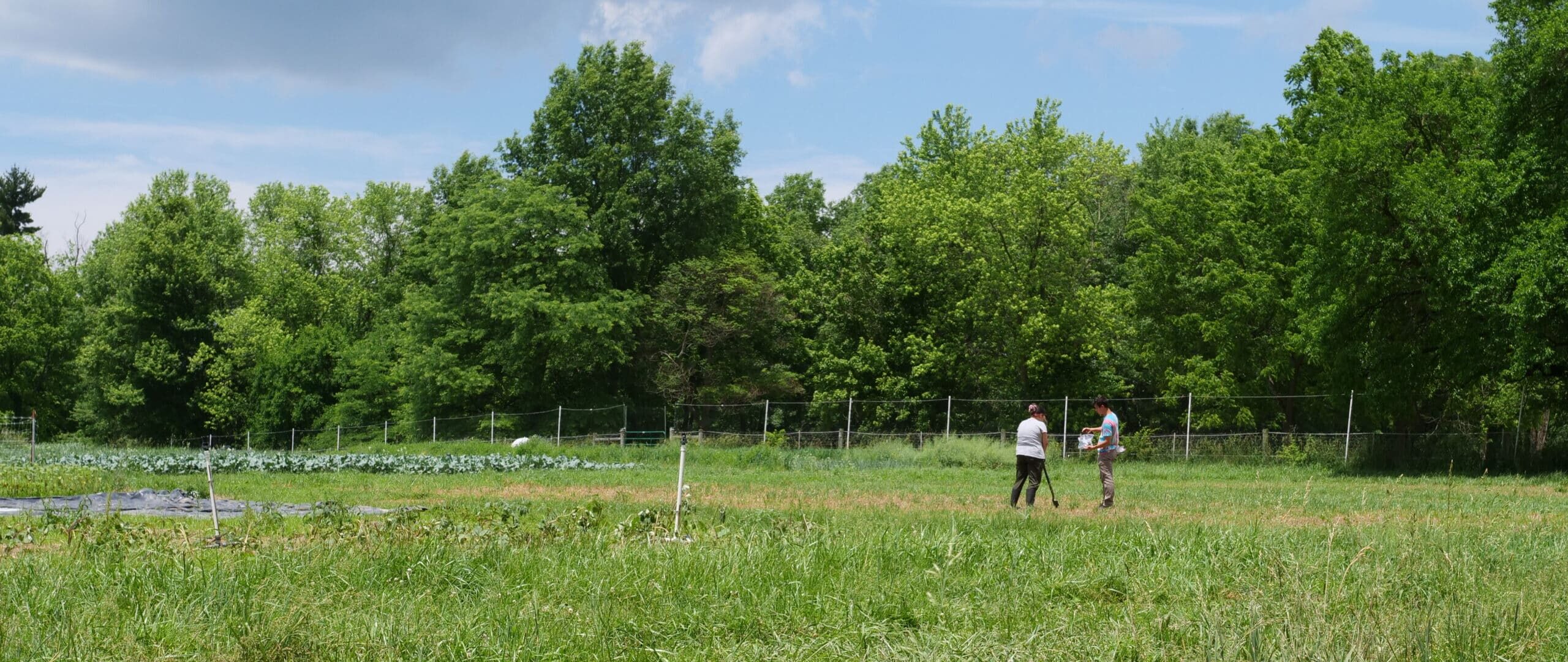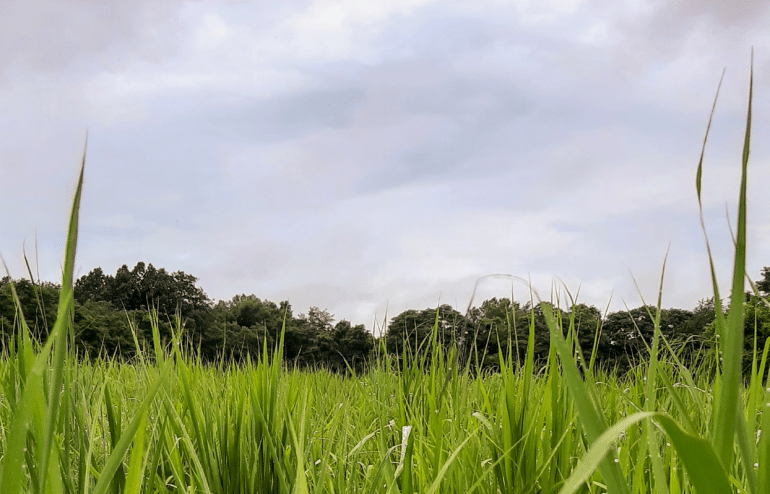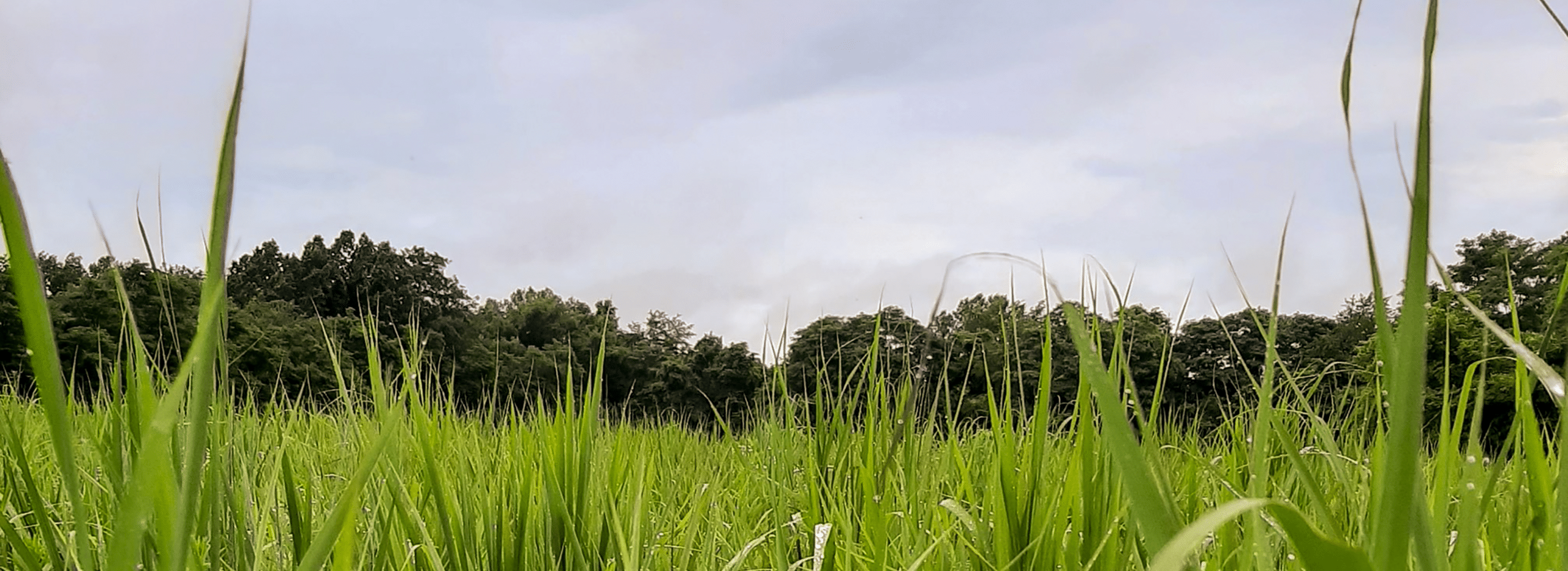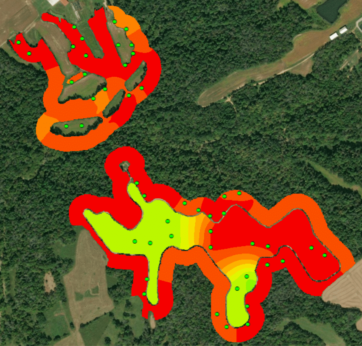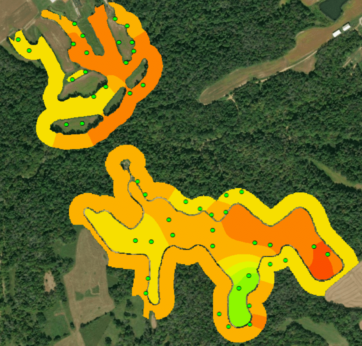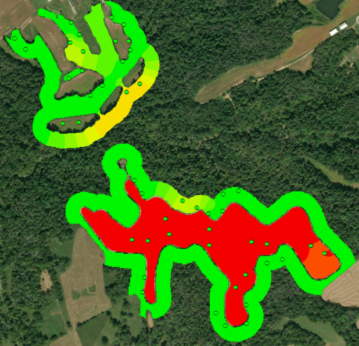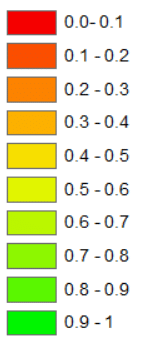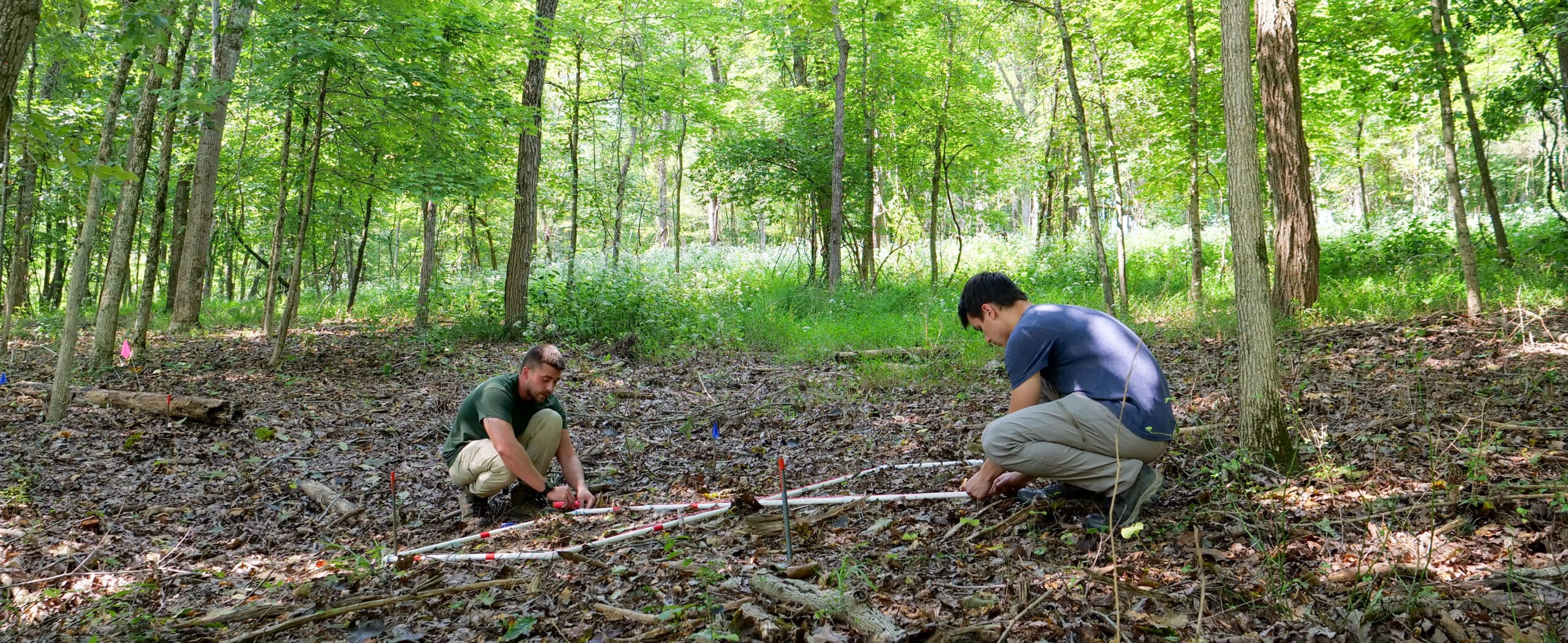
Research Grants Available
Supporting Ecology and the Environment
A Cincinnati based non-profit, Greenacres Foundation, is awarding up to $200,000 in grants for research focused on ecology and the environment. The foundation was established in 1988 with the intent of preserving the land for the education and enjoyment of future generations.
Greenacres Foundation seeks proposals for research that addresses one or more of the following outcomes:
- Improved practices in woodland restoration and/or preservation
- Improved invasive species mitigation and management
- Improved forest ecosystem health
- Improved practices in prairie establishment and prairie ecosystem health
Qualified organizations have through January 13th, 2023 to submit their letters of intent for this year’s grant cycle.
Applicants must have an interest in sharing knowledge about what they learn with land owners and land managers. Translational research projects that include both researchers and practitioners will be prioritized. Projects are expected to be completed within 48 months of funding date.
For more information please visit, https://green-acres.org/research/ecology-and-environment-research-grants/ or email research@green-acres.org
